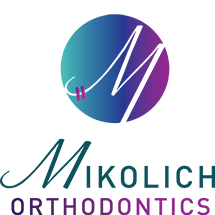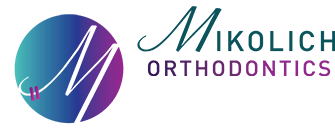About Braces
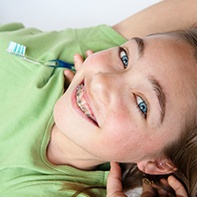
Caring for Braces
Daily brushing and flossing are still essential for patients with braces. In order to ensure the health of teeth and gums during orthodontic care. It is very important to brush and floss after every meal. Patients with bracket and wire braces should keep the following oral hygiene tips in mind:
- Brush teeth for two minutes after eating with a soft bristled toothbrush and fluoride toothpaste. We recommend a powered toothbrush to facilitate thorough brushing.
- Brush all surfaces of your teeth by using gentle, circular motions while placing your toothbrush at a 45 degree angle to the gum line, paying particular attention to the areas around your brackets.
- Floss at least once a day to keep your gums and teeth healthy. We will provide you with specially designed flossers for braces to maximize the effectiveness of your flossing.
- Use interdental or interproximal brushes to clean between brackets and clean the triangle shaped space where two teeth meet at the gum line.
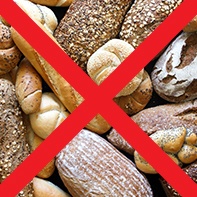
Do Not Eat List
We all love popcorn, hard candy and peanuts, and once you have obtained a healthy and beautiful smile with orthodontic treatment you will be able to enjoy those foods once again. In the meantime, we recommend that you take care to avoid foods that could damage your orthodontics appliances. Consequently, we ask that you do not eat the following foods during treatment:
- Hard rolls, bagels, or other chewy breads
- Sticky candies like gum, taffy, or caramels
- Small foods that can lodge between teeth and orthodontic appliances like popcorn kernels and sunflower seeds
- Hard candies, mints, ice, and other hard foods that can damage braces
- We advise that fruits and vegetables such as apples, carrots and celery be cut into bite size pieces.

Life after Braces
Following the removal of your traditional bracket and wire braces or the completion of your alignment tray orthodontic care, you’re not completely done with our team. We continue to provide retainer treatment and regular checkups to ensure the longevity of treatment. For the first six months to a year following orthodontic treatment, most patients will need to wear their retainers continually. The gums and supportive alveolar bone tissue take time to completely heal and fuse with the tooth roots. Until this fusion is complete, the teeth may still shift back out of position. Once we’re sure your smile is solidly anchored, you can wait longer between appointments and eventually discontinue your regular checkups with our team. If you ever notice your teeth no longer seem to be perfectly aligned, we encourage you to reach out to our team for a checkup.
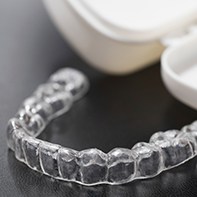
Retainer Care
Just like your teeth, gums, and oral tissues, your retainer can develop a layer of plaque buildup if not cleaned regularly. Each time you brush your teeth, you should also brush your retainer using a soft bristled toothbrush and toothpaste. Following meals before replacing your retainer, you should at least rinse out your mouth and rinse off your retainer with water, but it’s preferable that you brush your teeth and your retainer. If your retainer develops an odor or is otherwise unsanitary, you can soak it in a cleaning solution for retainers, a denture cleaner, or a half and half mixture of mouthwash and water. Anytime you’re not wearing your retainer, store it in a protective case to avoid damage. Your retainer should not be cleaned with warm water or exposed to heat as this can change the shape of the retainer.
